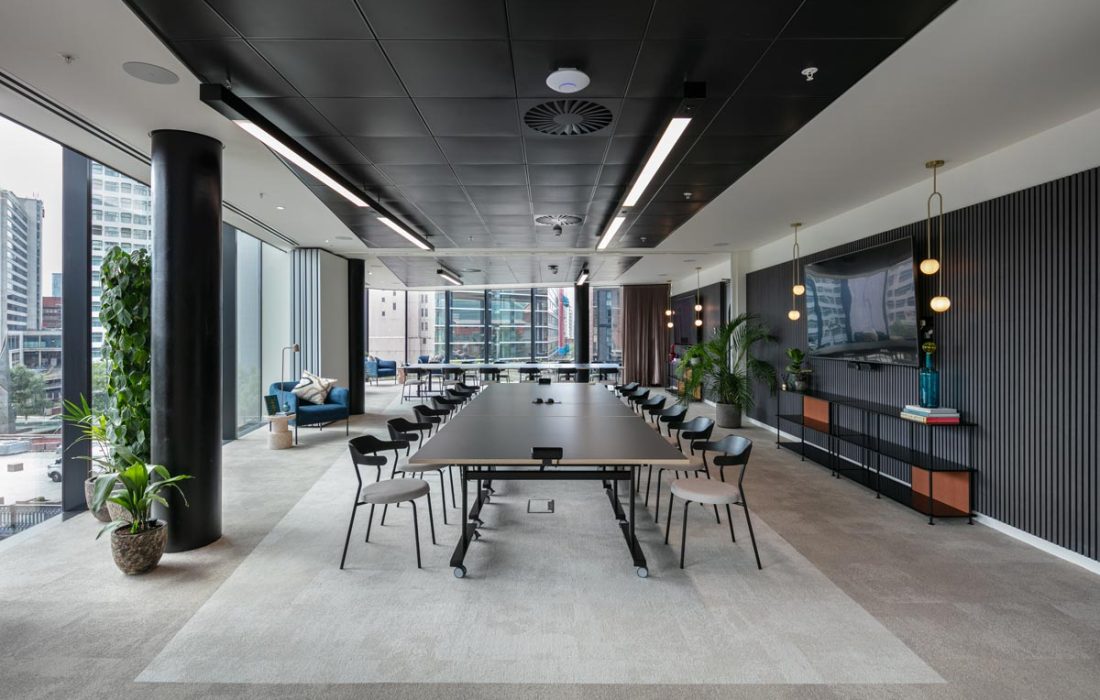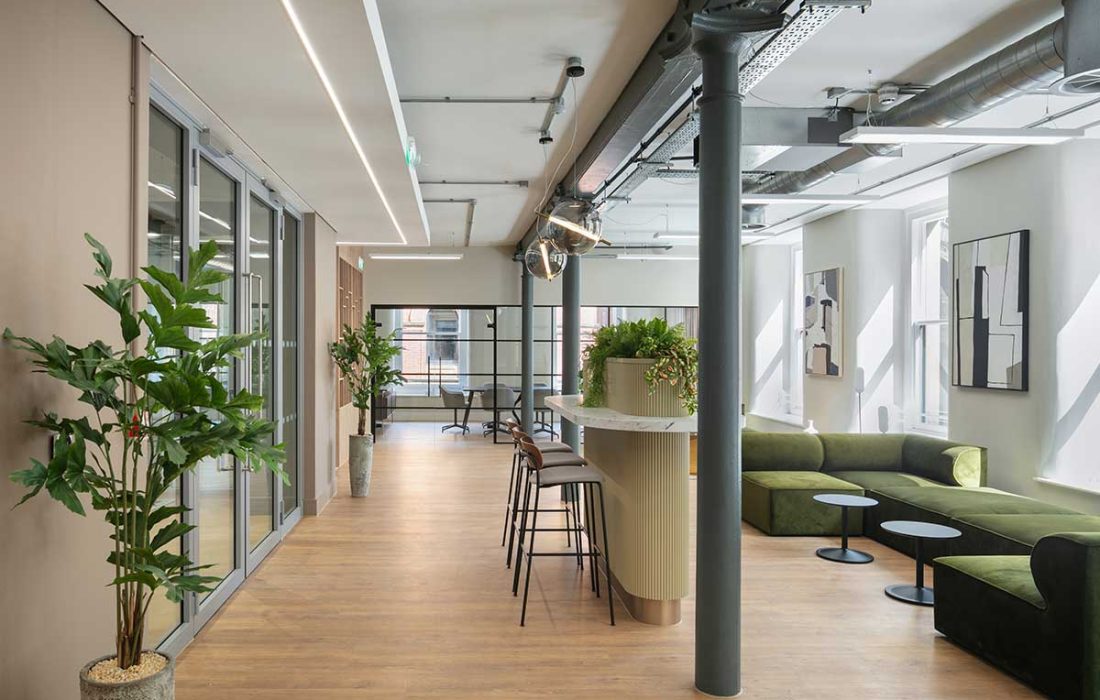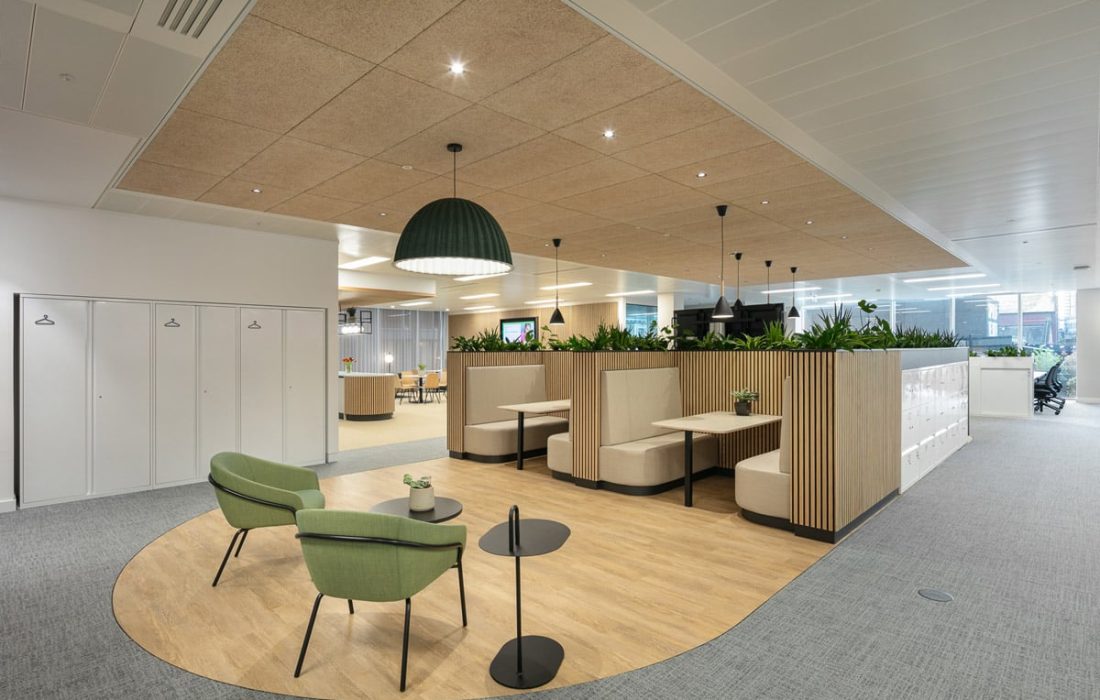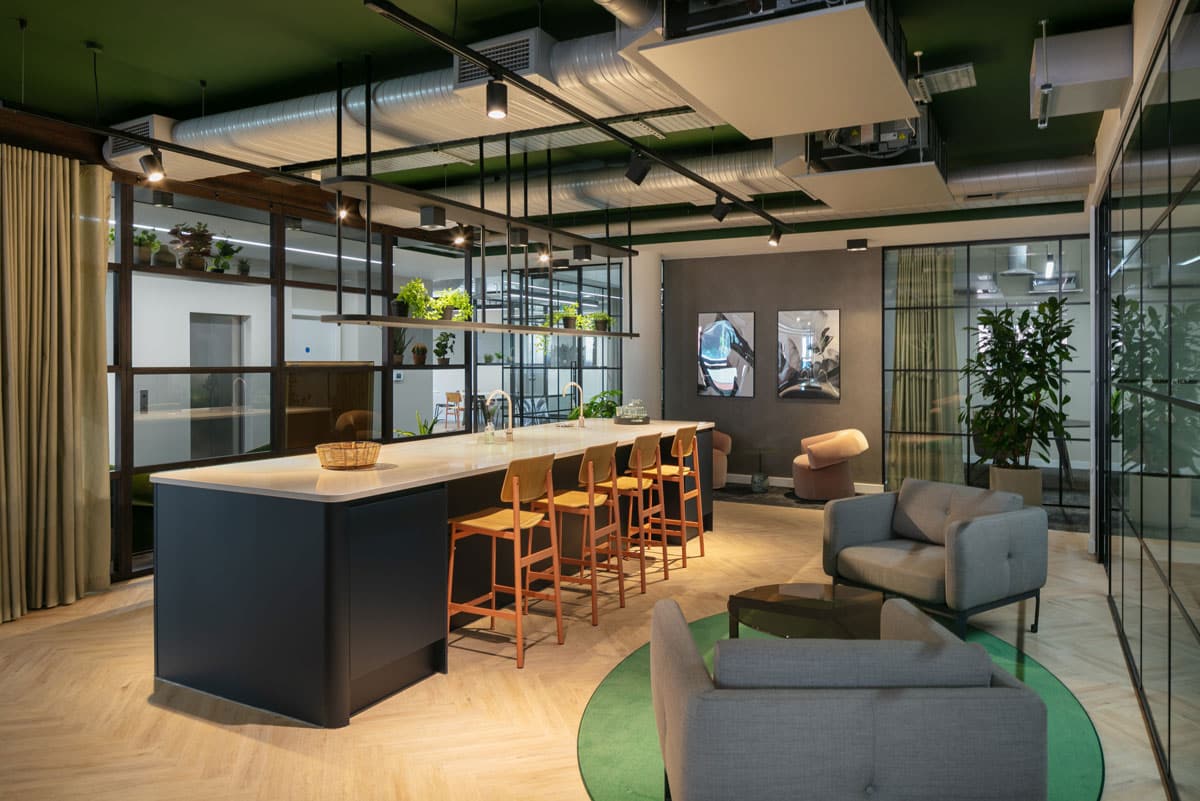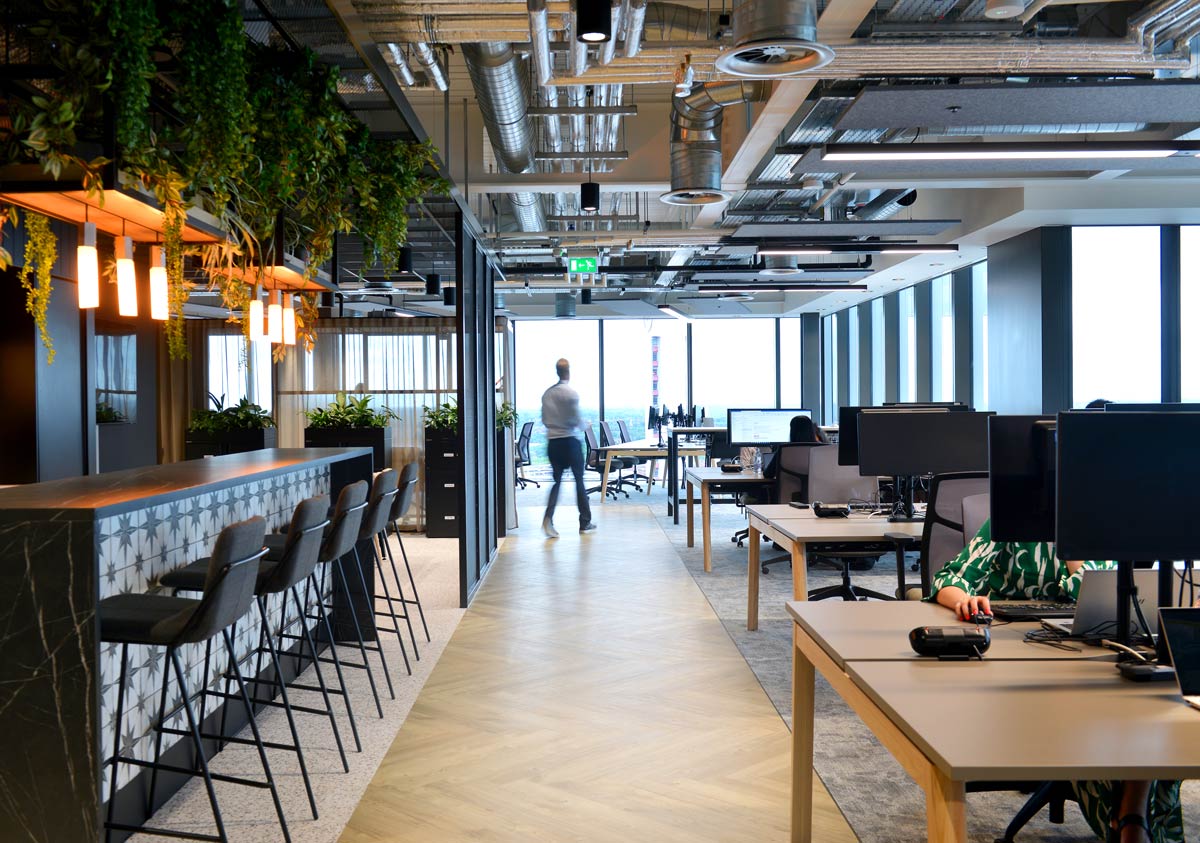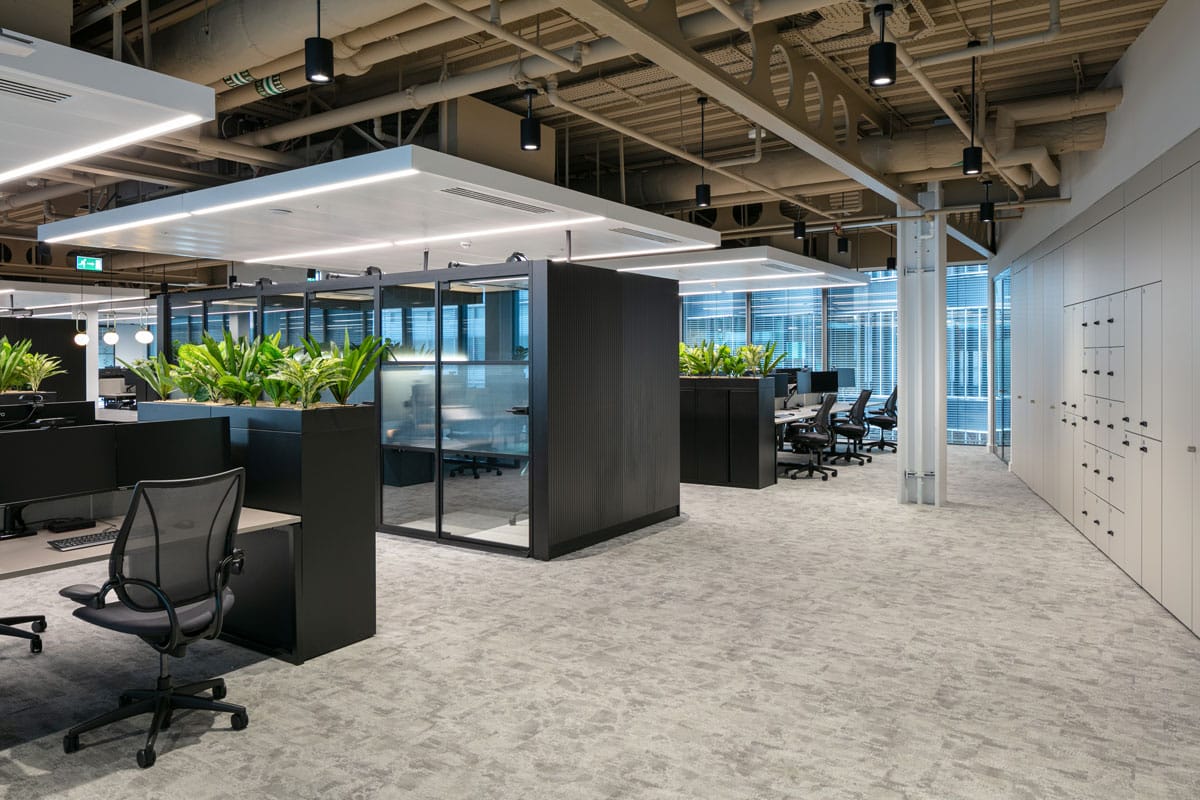Refurbishing your office can breathe new life into your workplace, but without a clear financial strategy, costs can quickly spiral. Careful budgeting is essential, not only to stay within financial limits but also to maximise value at every stage. In this article, we explore how to budget effectively for an office refurbishment, spotlighting hidden expenses and smart allocation strategies that prevent overspending.
Start with a Clear Brief
Before any budgeting begins, define the project’s scope. Are you refurbishing an entire floor or just upgrading key areas like meeting rooms or breakout zones? Clarifying the objectives early ensures the budget is realistic and aligned with your goals.
Your brief should include:
- What areas are being refurbished
- Expected timeline and delivery phases
- Performance goals (e.g. improving collaboration or accommodating hybrid work)
- Design expectations and brand integration
A clear brief allows accurate costing from the outset and prevents scope creep later down the line.
Set Your Budget — Then Add a Buffer
It’s wise to set an overall figure early, ideally informed by square footage and comparable past projects. However, refurbishment projects are rarely without surprises. Therefore, always build in a contingency of at least 10–15% of the total budget. This buffer will help cover unforeseen expenses like structural issues, material shortages, or regulatory upgrades.
Understand the Core Cost Areas
1. Design and Consultancy Fees
2. Construction and Fit-Out
3. Furniture and Equipment
4. IT Infrastructure
Modern workplaces rely on fast, secure technology. Refurbishment budgets must account for:
- Structured cabling
- Wi-Fi optimisation
- Server room upgrades
- Smart systems (e.g. lighting or desk booking)
5. Project Management
Don’t Overlook These Hidden Costs
Many office refurbishment budgets fall short because hidden costs are missed. Here are some often-forgotten items to include:
- Dilapidation costs: If you’re leasing, your landlord may require you to restore the space to its original condition
- Temporary workspace or remote setup: Will your team need to relocate temporarily?
- Storage and removal: Secure storage for furniture or equipment during works
- Building regulations and planning approvals: These may involve fees or consultants
- Out-of-hours work premiums: To minimise disruption, some works might be scheduled outside normal hours
These extra expenses can add up quickly, so they should be considered from the outset.
Financial Strategies to Maximise Value
Prioritise by Business Impact
Consider a Phased Approach
Opt for Sustainable Solutions
Energy-efficient lighting, recycled materials, and sustainable design choices may have higher upfront costs but can deliver operational savings over time. Explore our sustainability approach to see how we help clients futureproof their spaces.
Explore Leasing Options
Final Thoughts
Effective budgeting is the foundation of any successful office refurbishment. By taking the time to plan carefully, account for hidden costs, and make strategic financial decisions, businesses can transform their spaces without financial strain.
Working with an experienced partner like ADT Workplace ensures every penny of your budget is aligned to long-term value and performance. From early planning through to final delivery, our expert team is here to guide you every step of the way.


